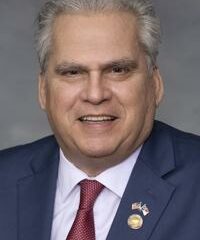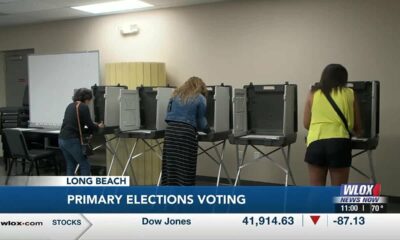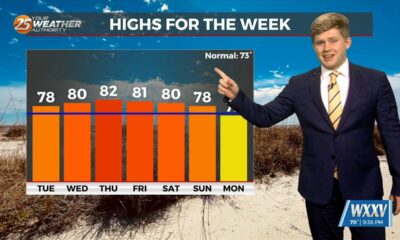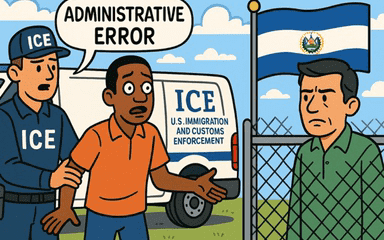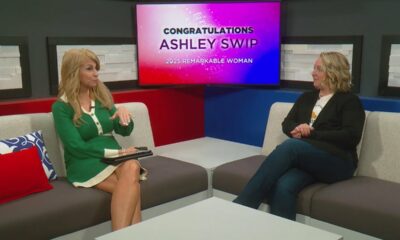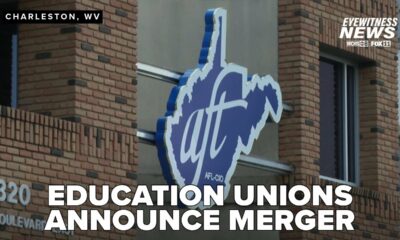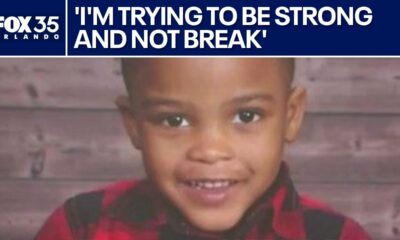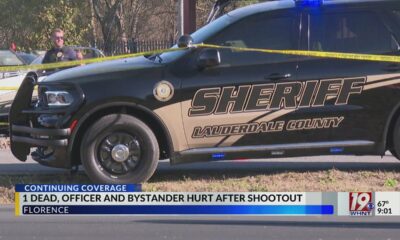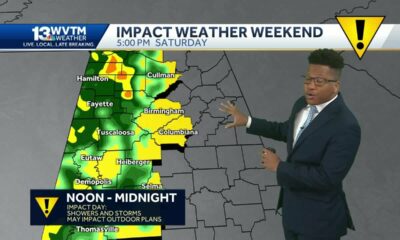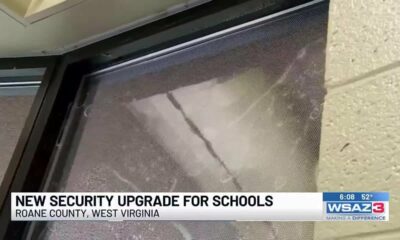virginiamercury.com – Charlotte Rene Woods – 2025-04-01 04:27:00
by Charlotte Rene Woods, Virginia Mercury
April 1, 2025
Last summer, the city of Richmond made waves by announcing a $3 million dollar check for its residents to spend as they see fit. Now, the city is handing the reins over to its people, inviting everyone 14 years and older to vote on how that money should be allocated. From April 1 to 15, Richmonders can head to pop-up events around the city or log on to cast their votes for the projects they want to see funded in what the city has dubbed “The People’s Budget.”
Ideas on the table range from improvements to bus routes, tree plantings in underserved areas, and sidewalk enhancements for pedestrian safety, to more region-specific projects, like a “Welcome to Southside” sign at entry points to Richmond’s 8th City Council district, or better trail access to the James River in the 5th District.
Instead of just picking one project, the process uses ranked choice voting, allowing participants to express preference for several initiatives. The People’s Budget initiative, which was led by former city councilor and mayoral candidate Andreas Addison, started with other pop-up events and online solicitation to gather input from residents across the city.
As for the $3 million, it’s being divided across the city with a focus on equity. Isaac Samuels, lead organizer of the People’s Budget, explained that Districts 1, 2 and 4 will each get $200,000, while Districts 3, 5 and 7 will receive $300,000 each, and Districts 6, 8 and 9 will be allocated $500,000. The goal of this varied distribution is to direct funding to areas that have historically been underinvested in, ensuring that all of Richmond’s neighborhoods benefit.
Richmond’s Southside, home to many historically Black neighborhoods, has long faced challenges rooted in systemic inequality. Less tree canopy in these areas leads to higher ground temperatures during hot months, and a history of discriminatory housing policies has contributed to lower home values.
In the 1930s, appraisers marked Black-populated neighborhoods nationwide in red, labeling them “hazardous” for home loans. The lasting impact of these racist practices is still evident today, with each negative appraisal continuing to affect future evaluations and resulting in less local government investment in public infrastructure.
“This is a big milestone for us,” Samuels said.
After months of outreach and community engagement, Samuels is thrilled to reach the voting phase, knowing the projects selected will soon become a reality. With voting ending on April 15, he expects the results to be available by April 21.
From there, the implementation of winning proposals will vary based on which city departments are involved and the procedural steps leading up to any development work.
“We will be tracking it basically like a Domino’s Pizza Tracker on our website, noting every different step that we’re taking,” Samuels said.
Ranked choice voting
Ranked choice voting gives Richmond residents a better shot at seeing their favorite projects come to life. If their top choice doesn’t get enough votes, their other picks may still make the cut, giving them a greater sense of influence over the outcome.
This voting method has gained traction in Virginia in recent years. Former state delegate Sally Hudson carried legislation that was signed into law in 2020, allowing localities to adopt ranked choice voting for city council and board of supervisor elections. Arlington was the first to use it in 2023, and Charlottesville is set to implement it this year.
Richmond nearly became the first locality to adopt it in 2022, but city councilors were still unsure and ultimately voted it down. A major concern was that the law couldn’t be applied to school boards or citywide elections contests like Richmond’s mayor, who, unlike most Virginia localities, is separately elected instead of being a member of the city council.
This year, a bill from Sen. Saddam Salim, D-Fairfax, aimed to expand ranked choice voting, but it was recently vetoed by Gov. Glenn Youngkin. Youngkin, who used ranked choice voting to secure his victory in the 2021 Republican gubernatorial convention, explained in his veto that more data was needed before expanding the method.
He said doing so at this stage “risks institutionalizing a system that has yet to prove its effectiveness in broader elections.”
However, Hudson, now executive director of Ranked Choice Virginia, argues that Youngkin is overlooking “the growing body of evidence” showing successful ranked choice voting trials.
Arlington has already used it in several elections, and Falls Church and Loudoun county are also considering adopting it. Both Hudson and UpVote Virginia executive director Liz White have pointed to expanding use of ranked choice voting nationwide.
“I definitely see an increase in just people being familiar with it. I think that that, for us, is the biggest measure of progress,” White said. “The more people use it, the more people know about it, the more they like it.”
While more local elections are still waiting for the ability to use this method, White is thrilled to see it applied in Richmond’s People’s Budget.
“There’s more nuance to (residents’) votes and they can provide so much more information with their vote,” White said. “I think that’s really cool.”
To vote online in the People’s Budget, click here. For more details on in-person voting, click here.
YOU MAKE OUR WORK POSSIBLE.
SUPPORT
Virginia Mercury is part of States Newsroom, a nonprofit news network supported by grants and a coalition of donors as a 501c(3) public charity. Virginia Mercury maintains editorial independence. Contact Editor Samantha Willis for questions: info@virginiamercury.com.
The post Voting begins on Richmond’s $3 million People’s Budget appeared first on virginiamercury.com


